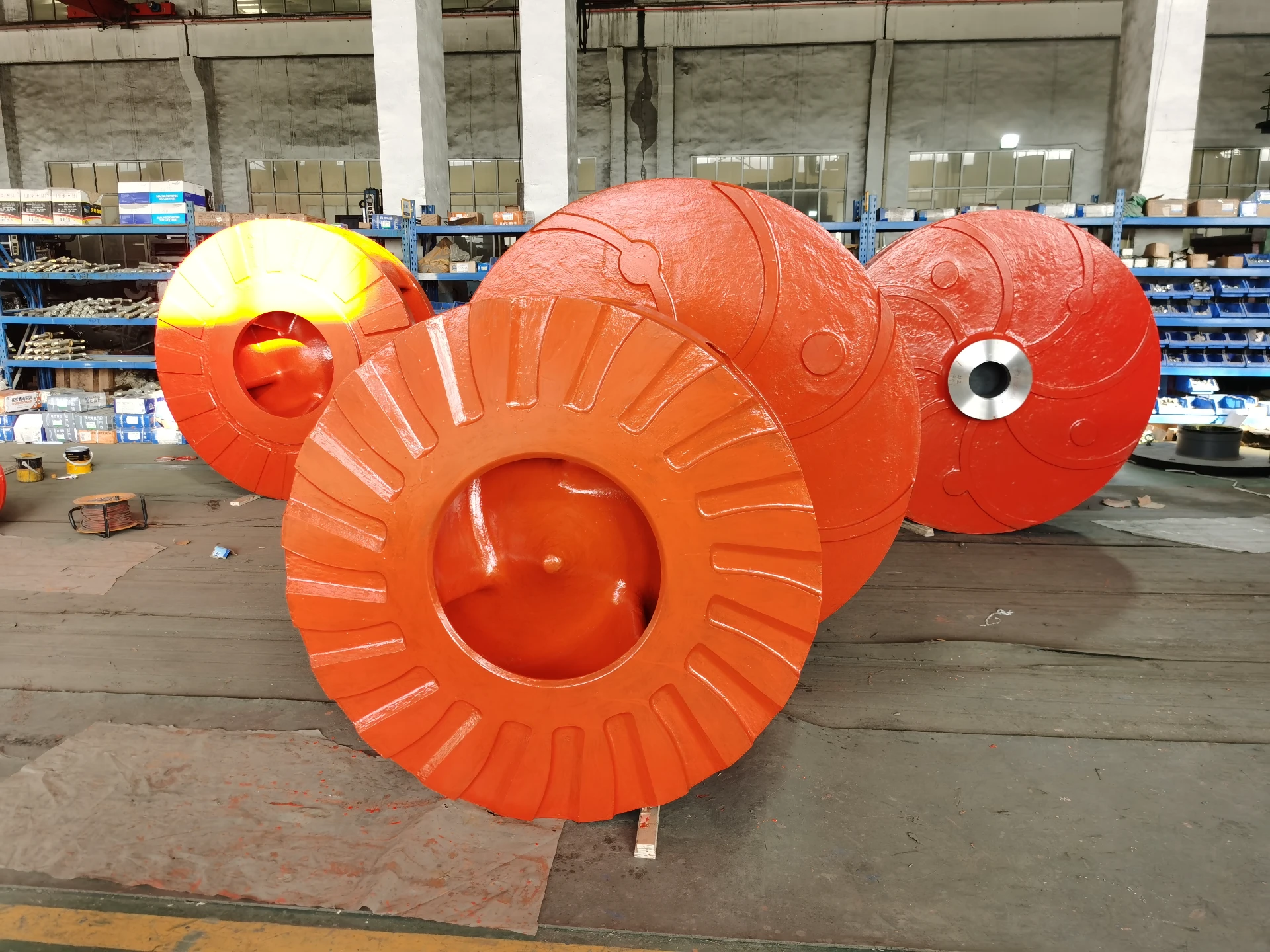-
 support@minemaxx.com
support@minemaxx.com
-
 0086-311-87833311
0086-311-87833311
 NO.8 JIHENG STREET,QIAOXI DISTRICT,SHIJIAZHUANG,HEBEI,CHINA
NO.8 JIHENG STREET,QIAOXI DISTRICT,SHIJIAZHUANG,HEBEI,CHINA
function of impeller in pump
The Function of Impeller in Pumps
Pumps play a vital role in various industrial and domestic applications, enabling the movement of fluids from one place to another. At the heart of many types of pumps lies a crucial component known as the impeller. The impeller is responsible for converting mechanical energy into hydraulic energy, making it essential for the efficient operation of pumps. This article explores the functions of the impeller in pumps, its design principles, and the impact it has on pump performance.
Basic Function of the Impeller
An impeller functions as a rotating component that imparts velocity to the fluid within the pump. The primary task of the impeller is to add kinetic energy to the liquid, which then flows through the pump and is eventually directed out of the discharge port. When the impeller spins, the blades push the fluid outward from the center, increasing its velocity. As the fluid exits the impeller, this kinetic energy is transformed into pressure energy, allowing the pumped fluid to overcome system resistance and continue to flow through piping systems.
Design Principles
The design of the impeller is critical for determining the pump's efficiency and performance characteristics. Impellers can vary in shape, size, and number of blades, depending on the specific application and the type of pump being used. Common designs include radial, axial, and mixed flow impellers.
1. Radial Impellers These feature blades that extend outward from the center. They are effective in generating high pressure and are commonly used in centrifugal pumps for applications requiring high discharge pressures.
2. Axial Impellers These impellers have blades oriented parallel to the axis of rotation. They primarily generate flow in an axial direction, making them suitable for moving large volumes of fluid at lower pressures.
3. Mixed Flow Impellers These combine characteristics of both radial and axial designs, promoting both pressure and flow. They are versatile and can be used in a variety of applications.
The choice of impeller design significantly affects the efficiency, head, and capacity of the pump. Engineers consider factors like fluid properties (viscosity, density), flow rate requirements, and system layout when selecting the appropriate impeller geometry.
function of impeller in pump

Impact on Pump Performance
The performance of a pump is inherently tied to the design and function of its impeller
. Several key aspects of pump performance that are influenced by the impeller include- Flow Rate The ability of the pump to move a specific volume of fluid per unit of time is largely dictated by the impeller's design. A well-designed impeller can maximize flow rates while minimizing energy consumption.
- Efficiency Impeller efficiency affects the overall energy efficiency of the pump system. An optimal impeller design reduces losses due to cavitation and turbulence, leading to better performance with lower operating costs.
- NPSH (Net Positive Suction Head) The impeller's performance also dictates the required NPSH for the pump, crucial for preventing cavitation, which can damage the impeller and reduce lifespan.
- Operating Range The geometry of the impeller influences the pump's operating range, affecting its versatility in applications. Some designs offer broader ranges, allowing the pump to function effectively under variable conditions.
Conclusion
The impeller is a fundamental component in the operation of pumps, directly influencing their efficiency, performance, and suitability for various applications. Understanding the function and design principles of impellers helps engineers and designers to select the appropriate type for their specific needs, leading to more effective fluid management systems.
In summary, whether in residential settings, manufacturing facilities, or water treatment plants, the impellers play a vital role in the successful operation of pumps. Their ability to efficiently convert mechanical energy into fluid movement is paramount to the functionality of countless systems globally. As technology advances, the design and material of impellers will continue to evolve, promoting even greater efficiencies and capabilities in fluid transport applications.
-
Wet Parts for Optimal PerformanceNewsOct.10,2024
-
Vertical Pump Centrifugal SolutionsNewsOct.10,2024
-
Top Slurry Pump ManufacturersNewsOct.10,2024
-
The Ultimate Guide to Centrifugal Pump for SlurryNewsOct.10,2024
-
Pump Bearing Types for Optimal PerformanceNewsOct.10,2024
-
A Guide to Top Slurry Pump SuppliersNewsOct.10,2024
-
Slurry Pump Parts for Optimal PerformanceNewsSep.25,2024

